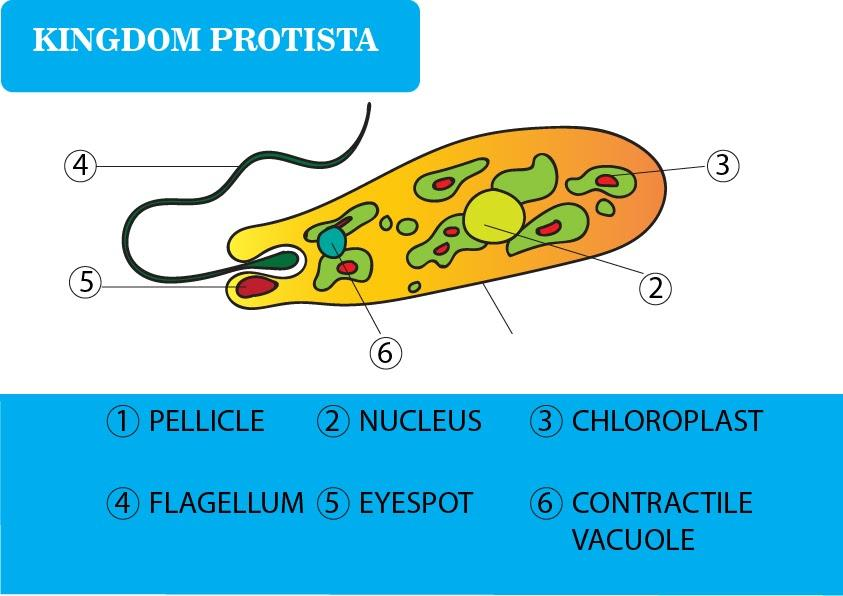
What protists are autotrophs?
Answer
414k+ views
Hint: Protists are a kind of living organisms that are too diverse to be categorised as a plant, animal or even a fungi. Its members are both multicellular or unicellular with a eukaryotic cell structure. However, primarily they are classified as microscopic organisms.
Complete Answer
Protista is a type of classification whose members are called protists and they are more likely to be categorised as an algae as they are autotrophic organisms. They have the capability to make their own food by the process of photosynthesis in the same way as plants. This is the reason for plants being considered as an evolved form of algae.
Following are the examples of such autotrophic protists:
1. Brown or Green algae: These are a group of organisms which are found in marine environments predominantly in the northern hemisphere. They are one of the most common protists.
2. Diatoms: These are also single celled protists which are also known as single celled algae. They are mainly found in glass houses and they are the only organisms whose cell walls are made up of opaline silica as their cell walls have patterns of silica on them.
3. Euglena: It is a single celled organism which is found in both saltwater as well as fresh water and is the most commonly occurring organism of its class. Therefore, it is also the most studied subject matter of its class. It was discovered in the year 1830.

Note:
The organisms are classified into five kingdoms, which are known as Monera, Protista, Fungi, Plantae and Animalia. However, a parallel system of seven kingdom classification as well.
Complete Answer
Protista is a type of classification whose members are called protists and they are more likely to be categorised as an algae as they are autotrophic organisms. They have the capability to make their own food by the process of photosynthesis in the same way as plants. This is the reason for plants being considered as an evolved form of algae.
Following are the examples of such autotrophic protists:
1. Brown or Green algae: These are a group of organisms which are found in marine environments predominantly in the northern hemisphere. They are one of the most common protists.
2. Diatoms: These are also single celled protists which are also known as single celled algae. They are mainly found in glass houses and they are the only organisms whose cell walls are made up of opaline silica as their cell walls have patterns of silica on them.
3. Euglena: It is a single celled organism which is found in both saltwater as well as fresh water and is the most commonly occurring organism of its class. Therefore, it is also the most studied subject matter of its class. It was discovered in the year 1830.

Note:
The organisms are classified into five kingdoms, which are known as Monera, Protista, Fungi, Plantae and Animalia. However, a parallel system of seven kingdom classification as well.
Recently Updated Pages
In a cyclic process work done by the system is A Zero class 11 physics CBSE

At what time are the hands of the clock together between class 11 maths CBSE

Give a brief description of the current status of the class 11 social science CBSE

Write a short note on primitive streak class 11 biology CBSE

What is the difference between a national park and class 11 biology CBSE

The type of hydrocarbon that is used as a lubrica class 11 chemistry CBSE

Trending doubts
10 examples of friction in our daily life

One Metric ton is equal to kg A 10000 B 1000 C 100 class 11 physics CBSE

Difference Between Prokaryotic Cells and Eukaryotic Cells

State and prove Bernoullis theorem class 11 physics CBSE

What organs are located on the left side of your body class 11 biology CBSE

How many valence electrons does nitrogen have class 11 chemistry CBSE




